How I Made My First $1000 Using a Crypto Trading App (Beginner-Friendly)
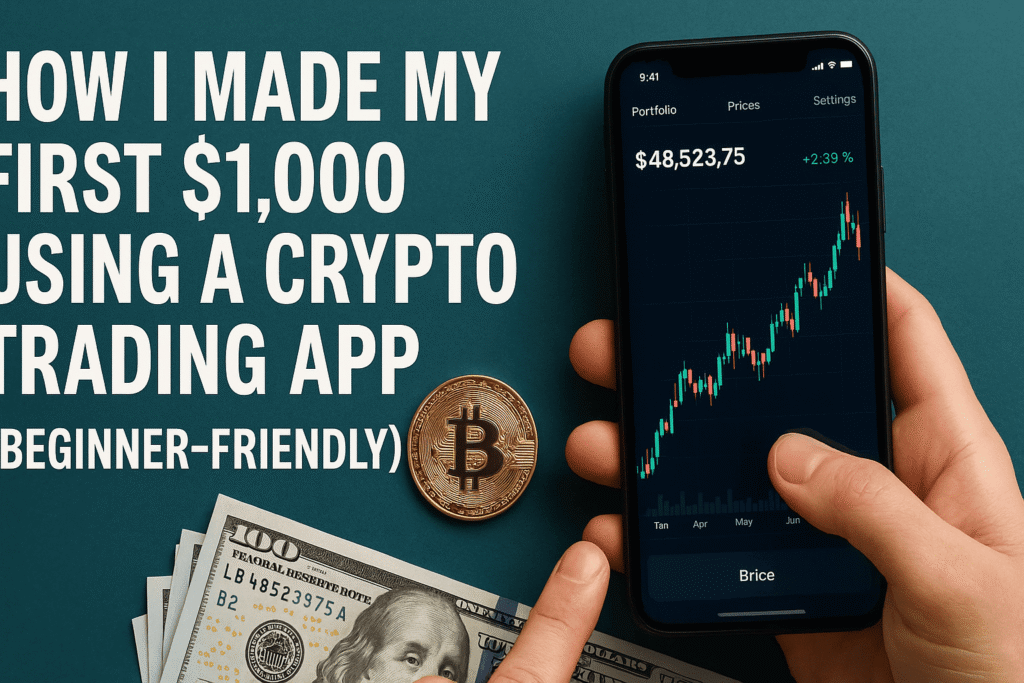
Introduction – How I Made My First $1000 Using a Crypto Trading App
Let’s rewind to a year ago — I was broke, bored, and endlessly scrolling YouTube videos with titles like “How I Got Rich with Crypto in 30 Days”. Sounds familiar? What started as curiosity ended with me making my first $1,000 using just a crypto trading app — no previous experience, no fancy degree. Just time, effort, and a dash of bravery.
So, if you’re wondering whether you can do it too? Buckle up. This isn’t just a story — it’s a blueprint.
Why I Chose Crypto in the First Place
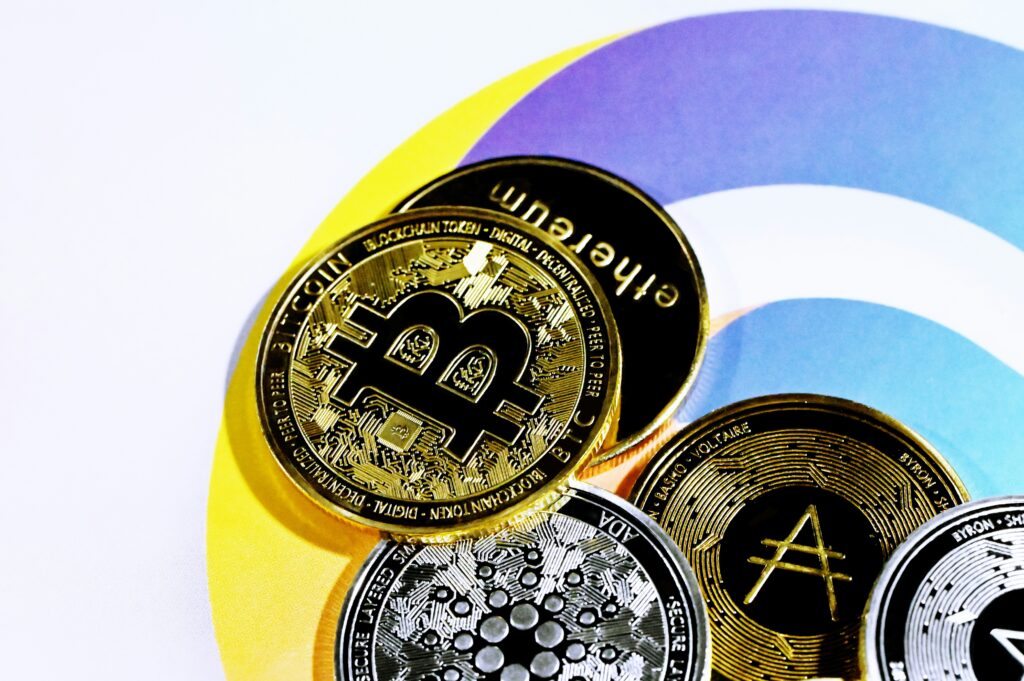
Stocks? Too slow. Real estate? Too expensive. Crypto? Fast-paced, accessible, and yeah — a little wild. But that’s what made it exciting. The idea that I could start with $100 and potentially grow it was the spark I needed.
The Appeal of Crypto Trading Apps for Newbies
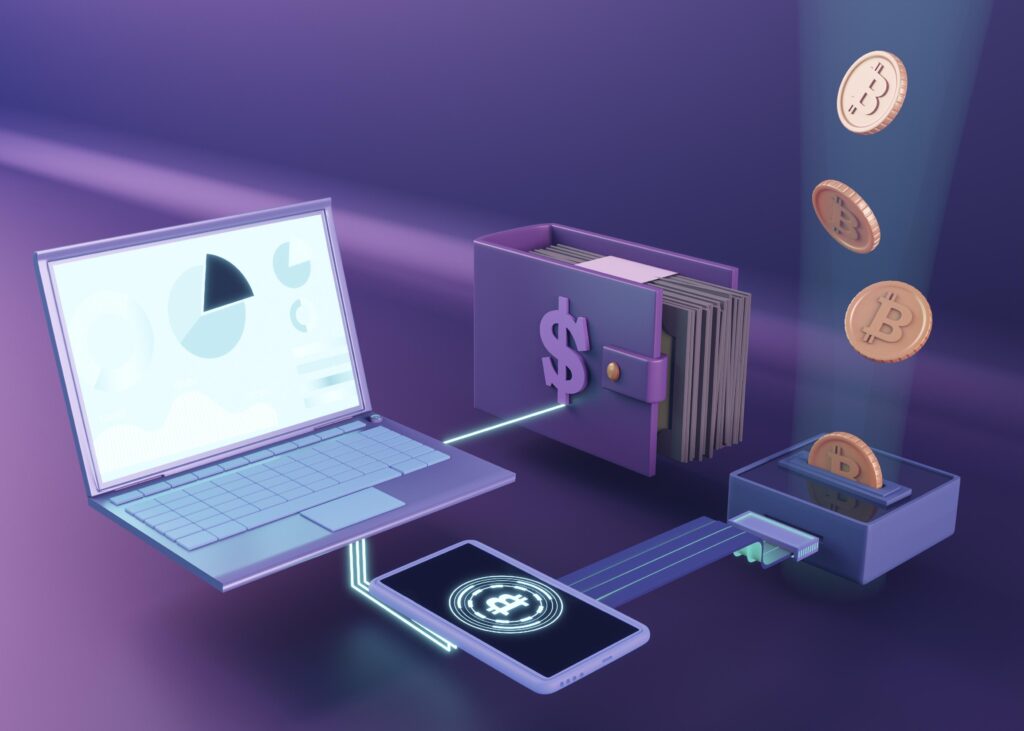
Crypto used to be super intimidating. Cold wallets? Private keys? Blockchains? I was clueless. But modern apps like Coinbase, BitGlide, and Robinhood made things so simple — even someone like me could figure it out.
No jargon. No overwhelm. Just tap, swipe, buy.
Getting Started With Zero Experience
My Initial Hesitations and Doubts
I won’t lie — I almost quit before I started. “What if I lose it all?” kept haunting me. But then I reminded myself — it’s $100. I’ve spent more on shoes I never wore. Worst case? A learning experience.
Picking the Right Crypto Trading App
I tested a few before settling on BitGlide. Robinhood was sleek but lacked deep crypto features. Coinbase was solid but had higher fees. BitGlide? It hit the sweet spot — simple UI, real-time price alerts, and staking options.
Setting Up My First Crypto Wallet
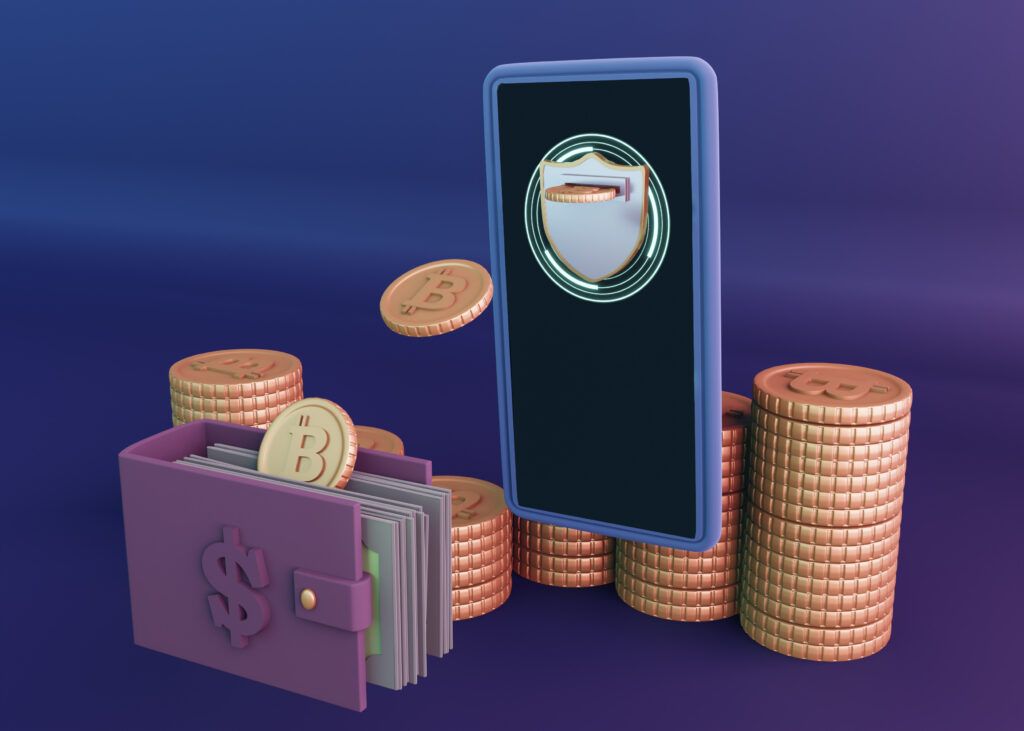
Creating an Account
Signing up was a breeze. Email. ID verification. Bank link. Done in 15 minutes. No tech degree required.
Also Read This Guide – The Ultimate Crypto Trading App Guide (2025): Top Features You Need Before You Invest
Understanding Wallets, Keys, and Security
If you’re new, remember this: Not your keys, not your crypto. Apps like BitGlide offer both custodial and non-custodial wallets. I went with custodial to keep it simple but made sure to enable 2FA and withdrawal whitelists.
Learning the Basics of Crypto Trading
Understanding Market Orders vs Limit Orders
A market order is like saying “Just buy now, whatever the price.” A limit order is like haggling: “I’ll buy only if it drops to this price.” I used both, but limit orders helped me avoid FOMO buys.
Researching Coins (Why I Picked ETH and SOL)
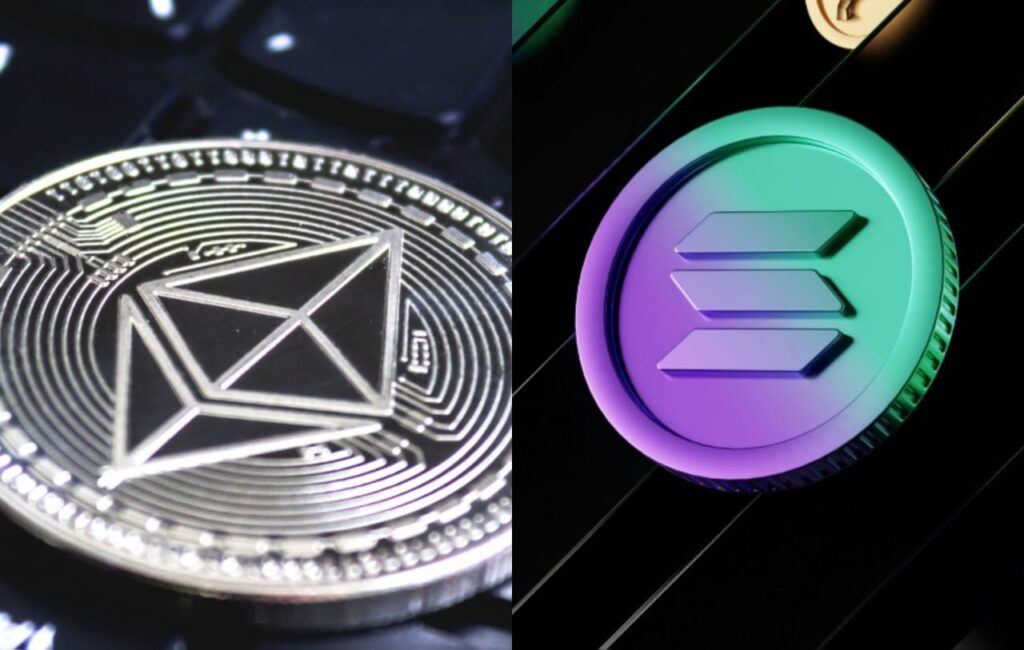
I started with Ethereum because it had real use cases — DeFi, NFTs, staking. Then I grabbed some Solana for speed and lower fees. No meme coins yet — I wasn’t ready to gamble.
Tracking Price Movements and Trends
I lived on CoinMarketCap and TradingView. I watched how news affected prices and learned to spot basic patterns — support, resistance, RSI, etc.
Making My First Trade
How I Bought My First $100 in ETH

The moment was thrilling. I deposited $100, hit “Buy ETH,” and bam — I owned crypto. It felt like holding a piece of the internet.
What Happened Next (My Emotional Rollercoaster)
The price dropped the next day. I panicked. Should I sell? Hold? I held on, and two weeks later it bounced back. Lesson learned: volatility is normal.
Strategy Over Luck: Finding What Works
Day Trading vs Swing Trading vs HODLing
I tried all three but found swing trading (holding for days/weeks) worked best for my schedule. HODLing tested my patience. Day trading stressed me out.
How I Decided My Approach Based on My Lifestyle
I work full-time. So staring at charts all day wasn’t feasible. I chose to trade 2–3 times a week, checking prices during lunch breaks or evenings.
The Power of Dollar Cost Averaging (DCA)
Instead of betting it all at once, I started buying $20 of ETH every week. Some weeks I got more ETH, some less. But over time, my cost averaged out nicely.
Tools That Helped Me Win
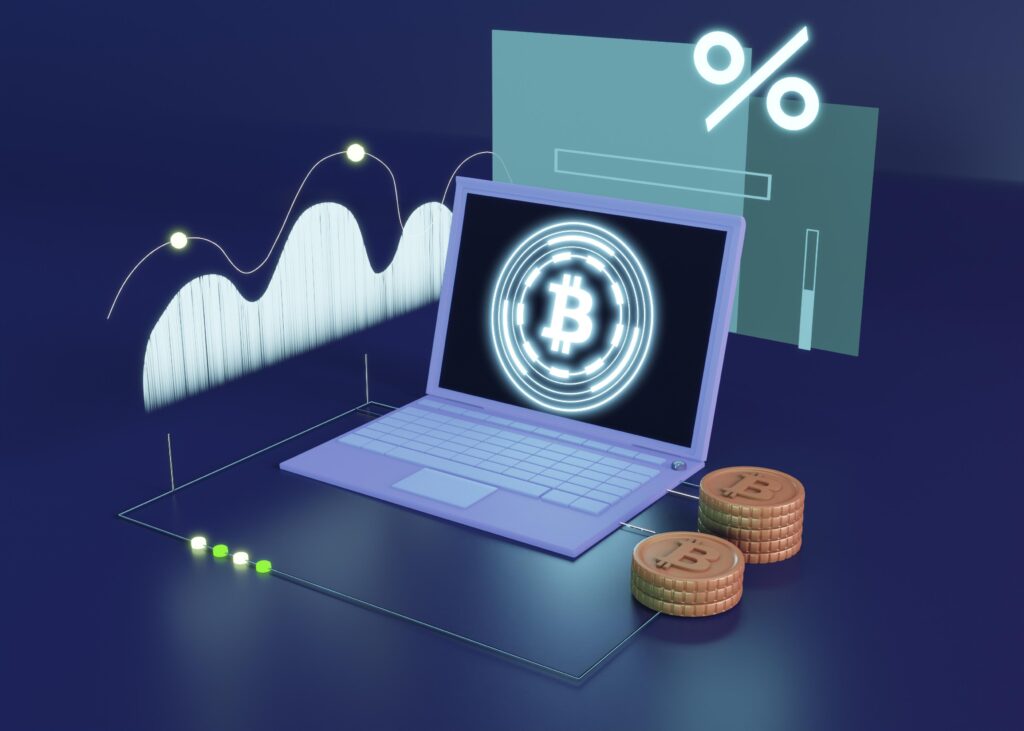
Crypto News Alerts and Twitter Threads
Crypto Twitter is chaotic, but gold if you follow the right voices. I set up Google Alerts and followed analysts who called moves before they happened.
Using Indicators and Charts (Without Losing My Mind)
I focused on RSI (oversold/overbought) and MACD crossovers. But I didn’t overanalyze — just looked for confluence before entering trades.
My Favorite YouTubers and Crypto Influencers
Ben Armstrong, CryptoWendyO, and The Defiant became my mentors. They broke things down in plain English, which helped me learn faster.
My First Profitable Trade
How I Turned $100 into $160
I bought Solana during a dip at $18. Sold at $29. Simple trade, solid profit. That was the first time I realized — I can actually do this.
The Mistakes I Made and What I Learned
I once bought into a pump on a meme coin. It tanked 60% in hours. Ouch. Lesson? Don’t chase green candles.
The Road to $1,000
Growing My Portfolio Bit by Bit
Every paycheck, I added $50–$100. Some months were better than others, but it compounded fast.
Diversifying Into Altcoins
I added MATIC, LINK, and ADA. No more than 10% in any coin. It kept my risk balanced.
Reinvesting Profits Wisely
When I took profits, I didn’t cash out. I rotated into stronger coins or held some in USDC, waiting for better entry points.
Managing Risks Like a Grown-Up
Stop Losses, Take Profits, and Emotional Control
I started setting stop losses (like “sell if it drops 10%”) and take profits at 20%–30%. It saved me from emotional trades.
Never Going All-In
No matter how hyped a coin was, I never went all in. Small bets. Calculated moves. Long-term vision.
Mistakes I Made (So You Don’t Have To)
Chasing Pumps
When a coin shoots up, FOMO kicks in. But most times? It crashes right after. Be patient.
Selling Too Early
I once sold MATIC at $0.80. It hit $1.50 a week later. Now, I set targets and stick to them.
Not Keeping Track of Fees
Trading fees add up. I started using exchanges with low or zero fees and tracked my trades in a spreadsheet.
Taxes and Reporting
Realizing That Yes, You Gotta Pay Taxes
Even small profits are taxable. I didn’t know until tax season hit me like a truck.
Using Tools to Track Crypto Gains
I now use Koinly and CoinTracker to log trades and export tax reports. Saves hours of manual work.
What I’d Do Differently If I Started Today
Tips for Beginners Entering the Game in 2025
- Start with learning, not earning.
- Ignore hype coins.
- Focus on 2–3 solid projects.
- Never invest money you can’t afford to lose.
How to Stay Safe and Avoid Scams
Double-check URLs. Avoid unsolicited DMs. Use hardware wallets if holding long term. Scams are real — don’t let greed blind you.
Final Thoughts: It’s Not Magic, It’s a Mindset
Making your first $1,000 in crypto isn’t about luck. It’s about discipline, learning, patience, and risk management. Apps make it easy to enter — but mindset keeps you in the game.
If I can do it, trust me — you can too.
Conclusion
Crypto trading isn’t a get-rich-quick scheme. It’s a skill. I started with zero knowledge, a few bucks, and a whole lot of YouTube binge-watching. Today, I’ve got a growing portfolio, a better financial mindset, and yes — I made my first $1,000.
You can too — but start smart, start slow, and always, always DYOR (Do Your Own Research).
FAQs
1. Can I start trading crypto with just $100?
Yes! Many apps like Coinbase or BitGlide allow you to begin with as little as $10. Small amounts are perfect for learning.
2. Is crypto trading beginner-friendly?
With the right app and a bit of patience, absolutely. Stick to well-known platforms and don’t rush in.
3. What crypto app is best for first-timers?
BitGlide and Coinbase are great for beginners. Easy UI, educational content, and low barriers to entry.
4. How much time do I need to make money trading crypto?
Even 30–60 minutes a day can make a difference if you’re consistent and strategic.
5. Do I need to know technical analysis to make profits?
It helps, but you can start without it. Many successful traders use simple strategies like dollar cost averaging.
Please don’t forget to leave a review.

One Comment